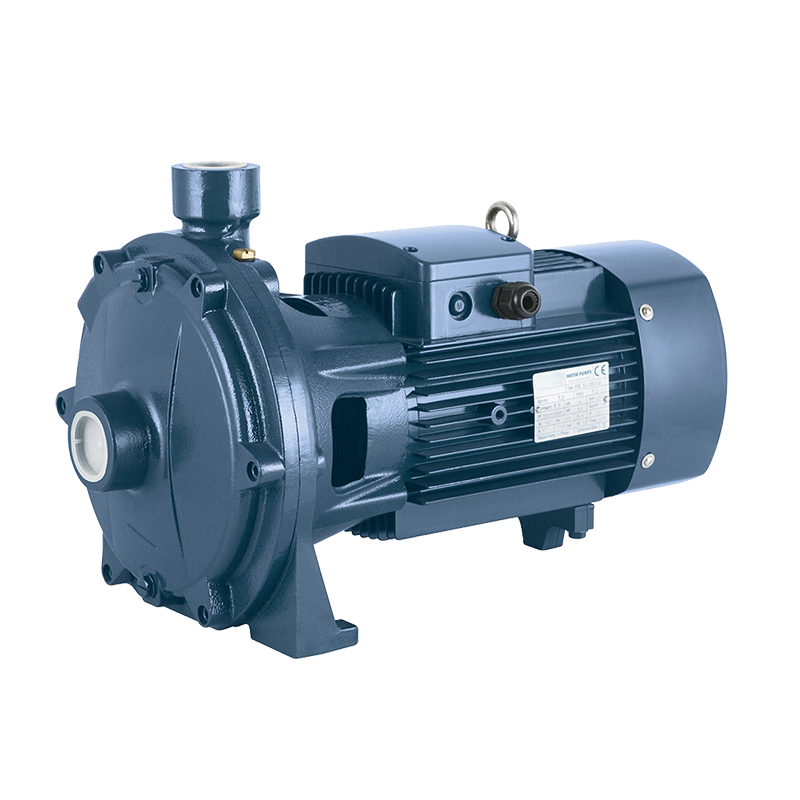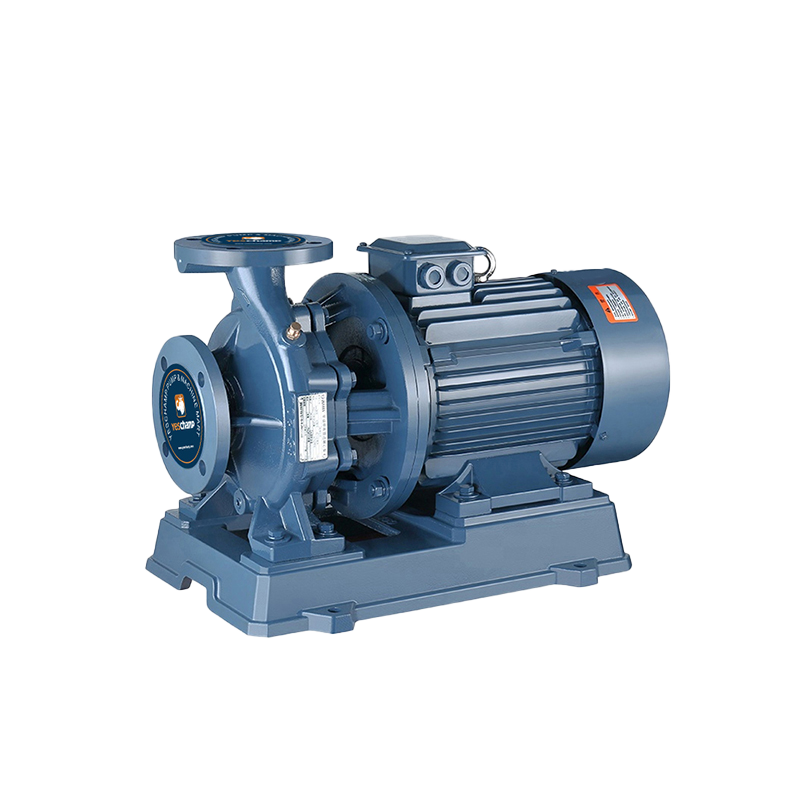If you're looking to have a consistent supply of water without the need for regular electricity, you may consider a solar pump. They're available in a variety of sizes and are ideal for small farms, villages, and agribusinesses. There are advantages to using a solar pump, including lower maintenance costs and increased durability.
Solar pumps are also very versatile, and can be used for a wide range of applications. They can provide water for drinking, cooking, irrigation, and more. A small solar pump can lift 900 gallons of water in just a 10-hour day. Another advantage is that they can be moved around easily. The cost of installing a system can be high, though.
A solar water pump is usually made up of a PV array and an electric motor. An inverter converts the direct current produced by the PV array into alternating current. This is then stored in a deep-cycle battery. You can then use the storage battery to power the pump at non-sunny times.
The amount of energy produced from a solar photovoltaic pump depends on the design and efficiency of the solar panel. However, the system will work better if the solar panels are pointed south. It is also important to have adequate sunlight in order to maximize the efficiency of the system.
Inverters also allow the system to adjust voltage to match sunlight intensity. Some inverters even offer protection from overvoltage conditions. High-voltage protection shuts the system down when the voltage goes above a certain level.
There are two basic types of solar pumps: surface and submersible. Surface pumps are installed at ground level and are relatively easy to maintain. They require no watertightness. Submersible pumps are immersed in the water and work best with a suction depth of 10 to 20 feet. These pumps are best for deep wells, bore wells, and irrigation.
Choosing a solar pump is a very personal decision, and you should not just choose the one with the lowest price. Make sure to research the products before committing to one. Not all solar-powered systems are reliable, and you could end up with a product that is ineffective or will not work for your needs.
Cattle ranchers are enthusiastic users of solar pumps. They have few utility lines, and there are many water sources scattered throughout their vast rangelands. These solar-powered systems help them manage their water resources efficiently. They can produce higher pressures and flows than traditional pumping systems, and are also more cost effective.
Small solar pumping systems are generally the most competitive in the market. Their main application is to provide stock water in remote areas. Even in the northernmost climates, peak sun hours vary between seasons. In the central-western United States, for example, the average equivalent peak sun hours are seven during the summer and four during the winter. Larger agricultural projects can use solar pumps as well. Some farmers use them in orchards, horticulture, and vineyards. Others use them to distribute water through pipelines.

6SP series submersible stainless steel deep well water pump with big flow 
 English
English عربى
عربى
 Fire Pump and System
Fire Pump and System Split Case Pump
Split Case Pump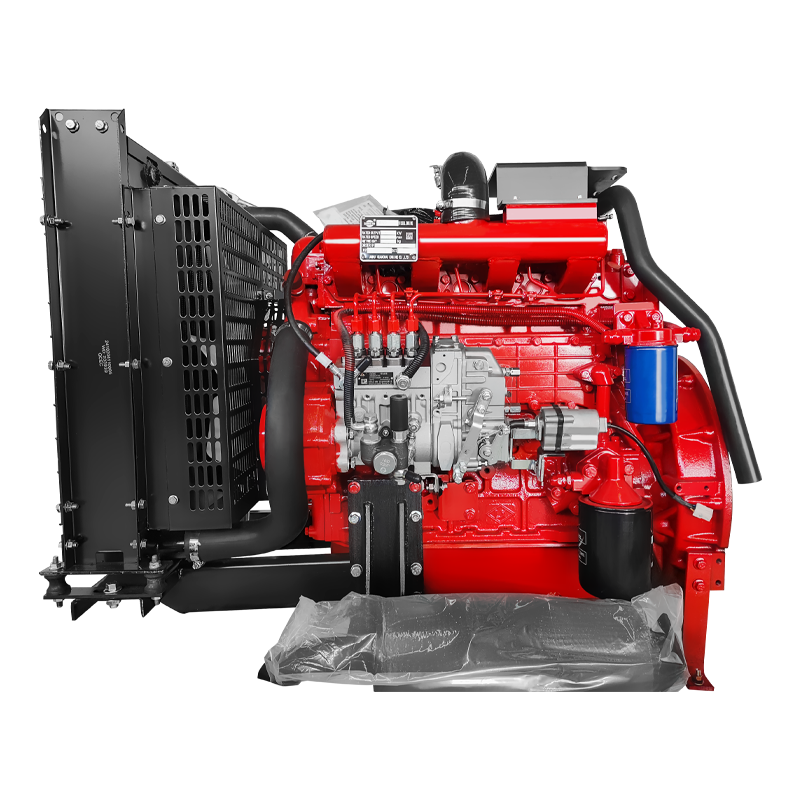 Engine and Pump
Engine and Pump Long Shaft Pump
Long Shaft Pump Multistage pump
Multistage pump Water Supplier System
Water Supplier System Sewage Pump
Sewage Pump Industrial Pump
Industrial Pump Self-Priming Pump
Self-Priming Pump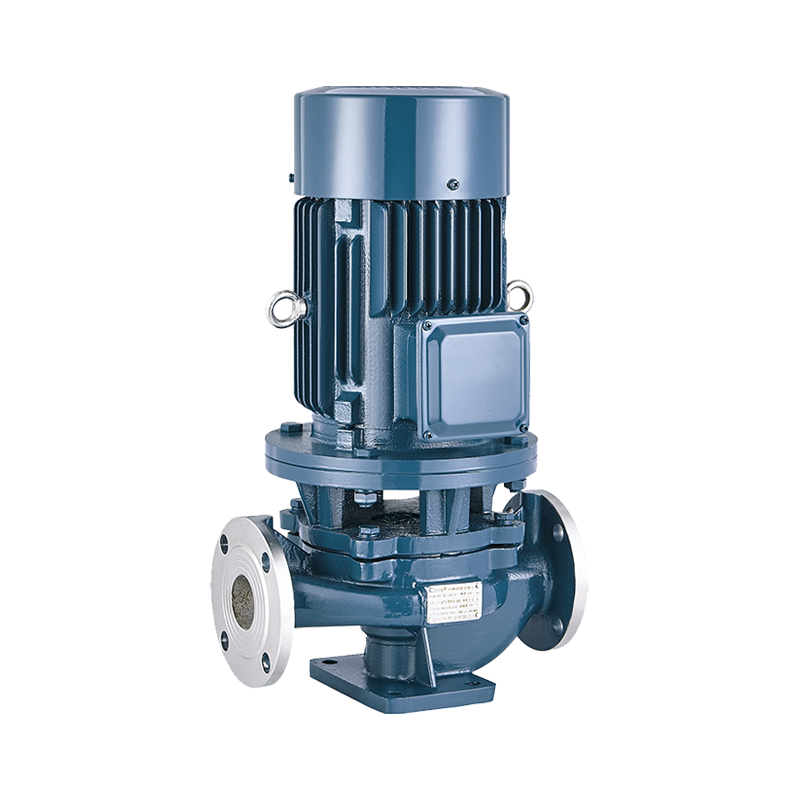 Inline Pump
Inline Pump Domestic Pump
Domestic Pump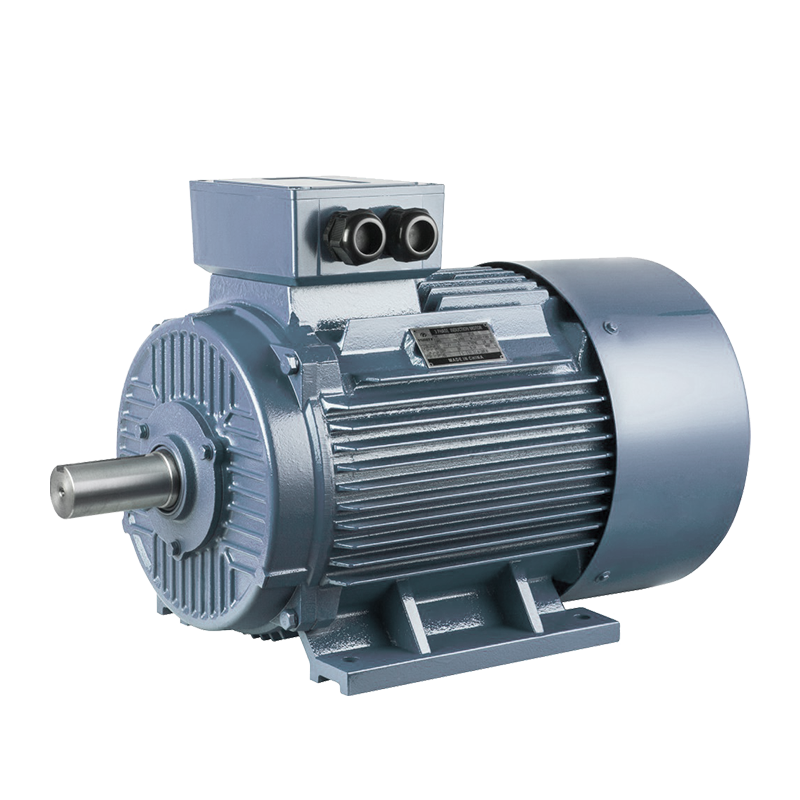 Electric Motor
Electric Motor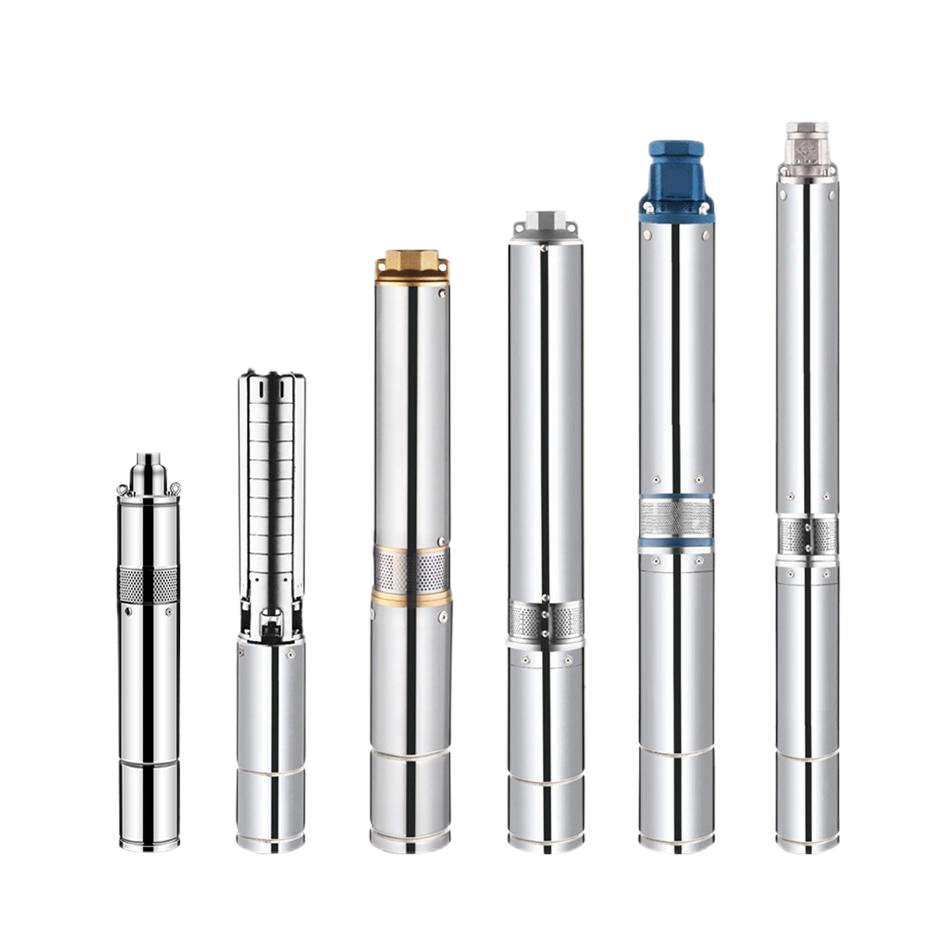 Borehole Pump
Borehole Pump


